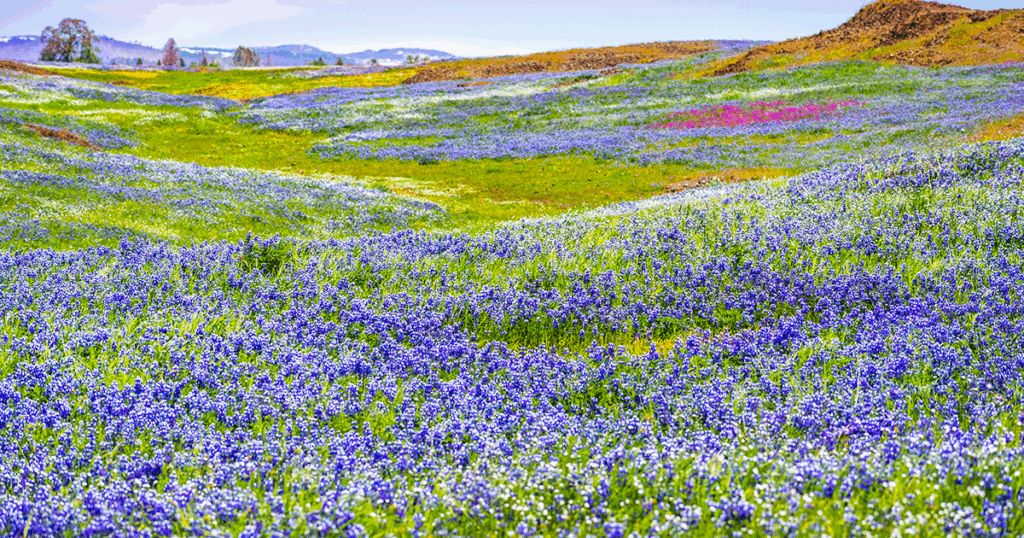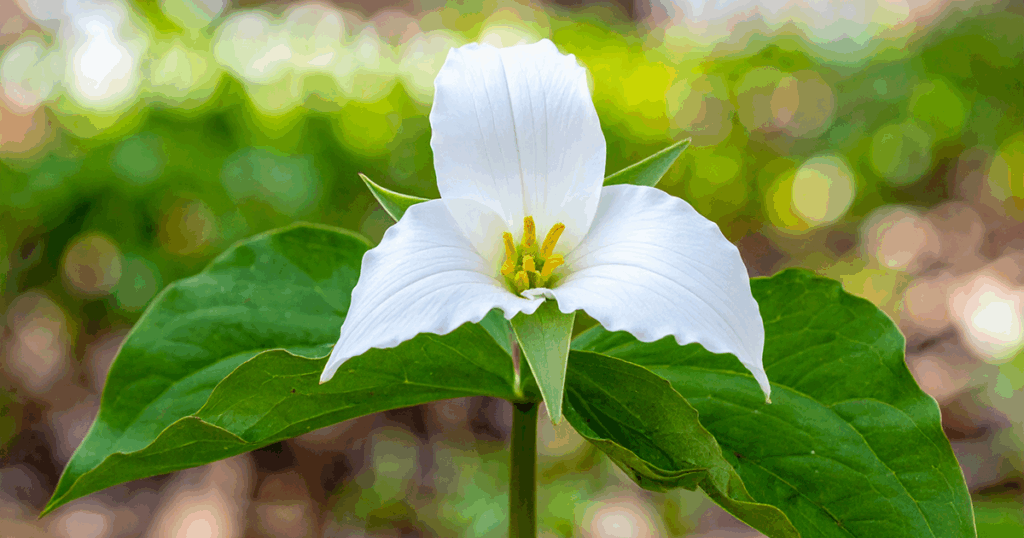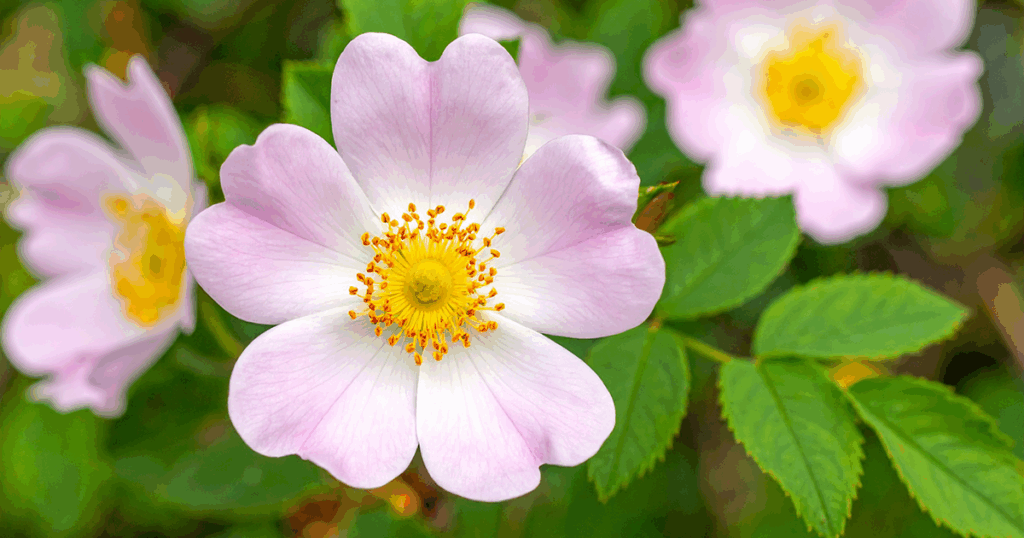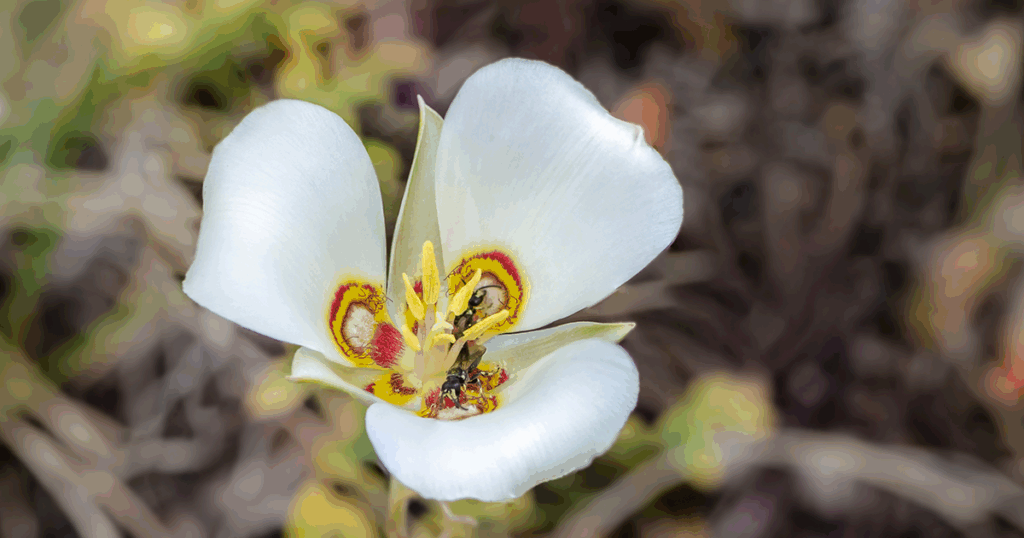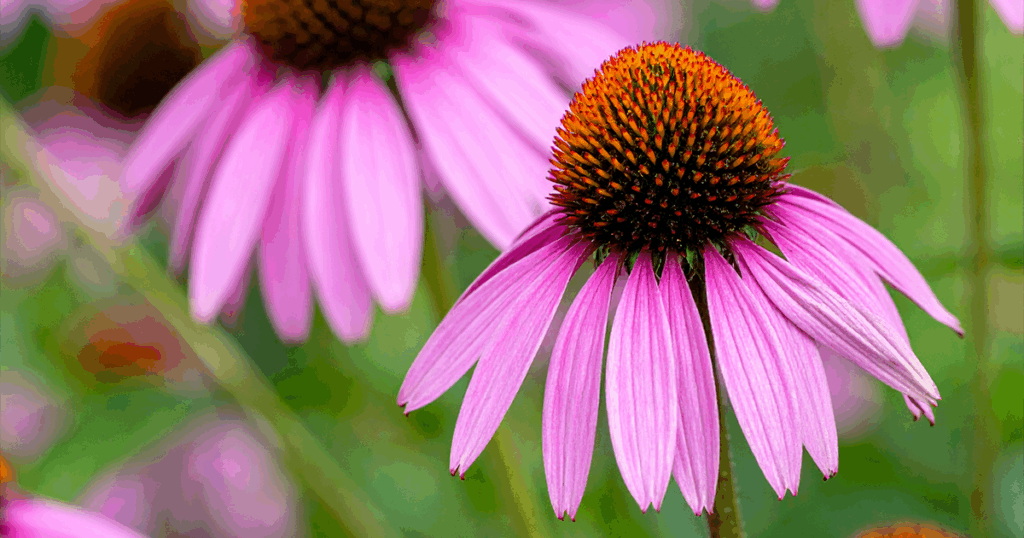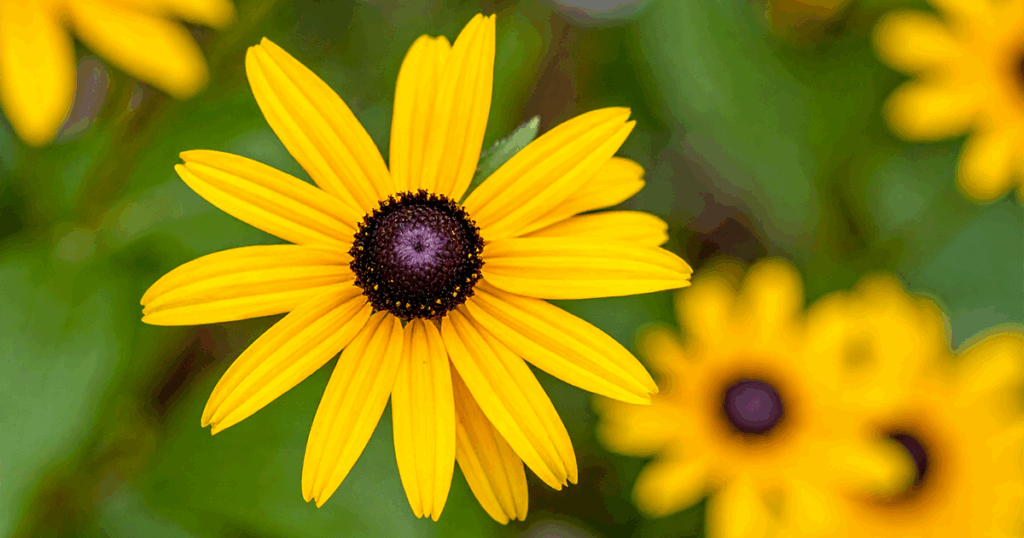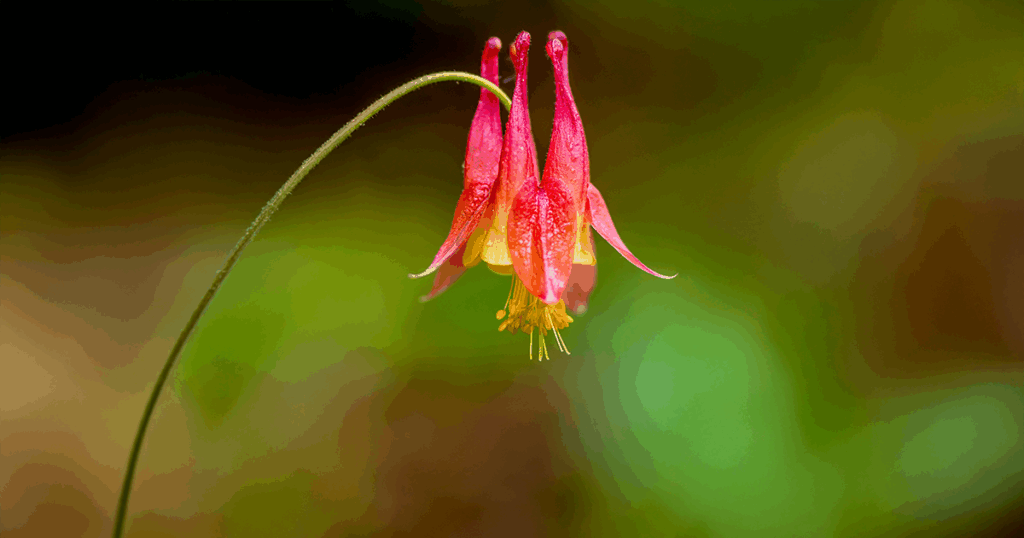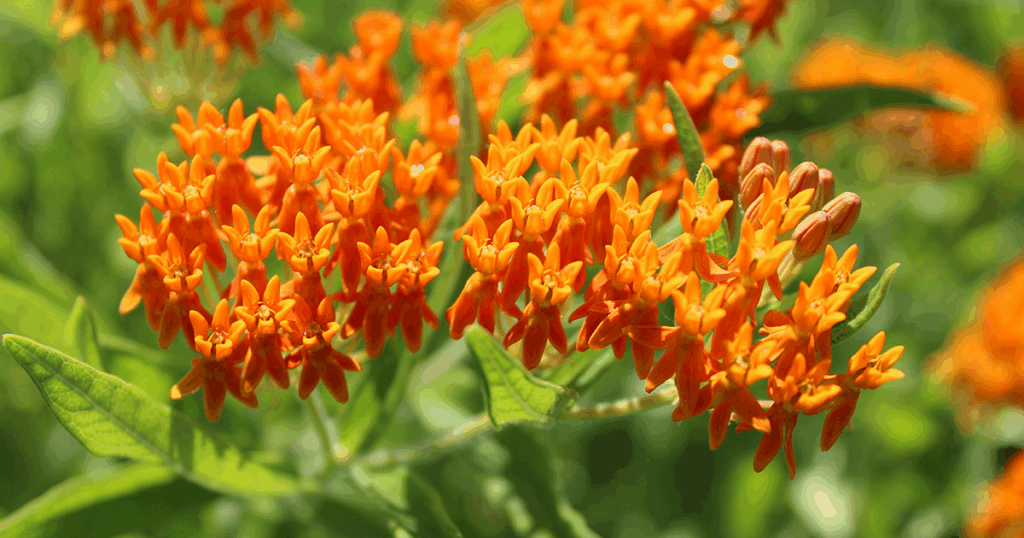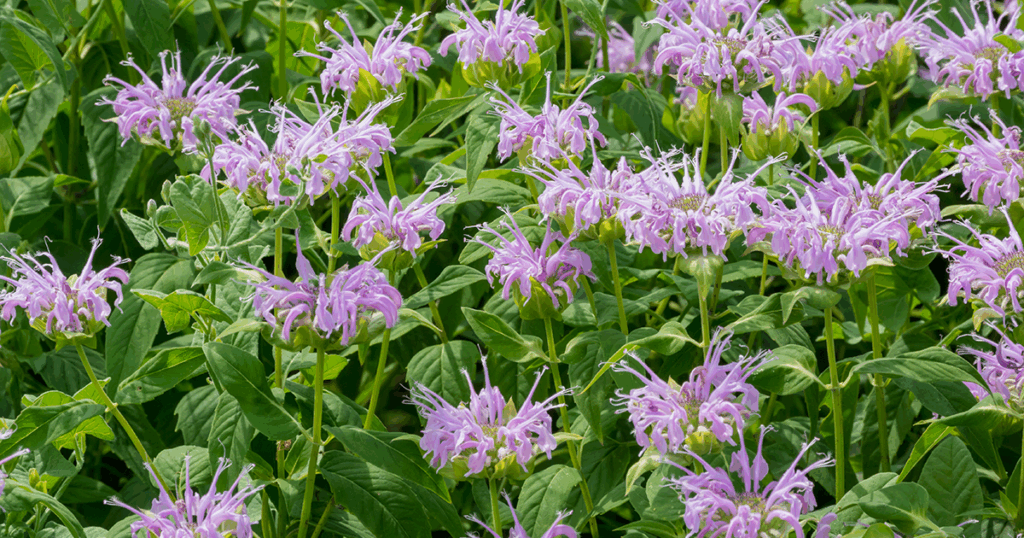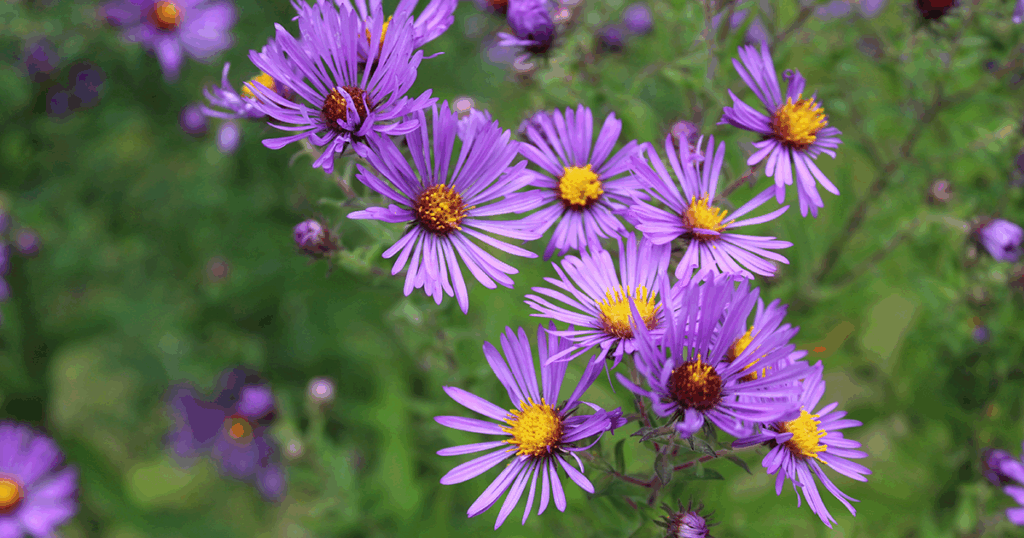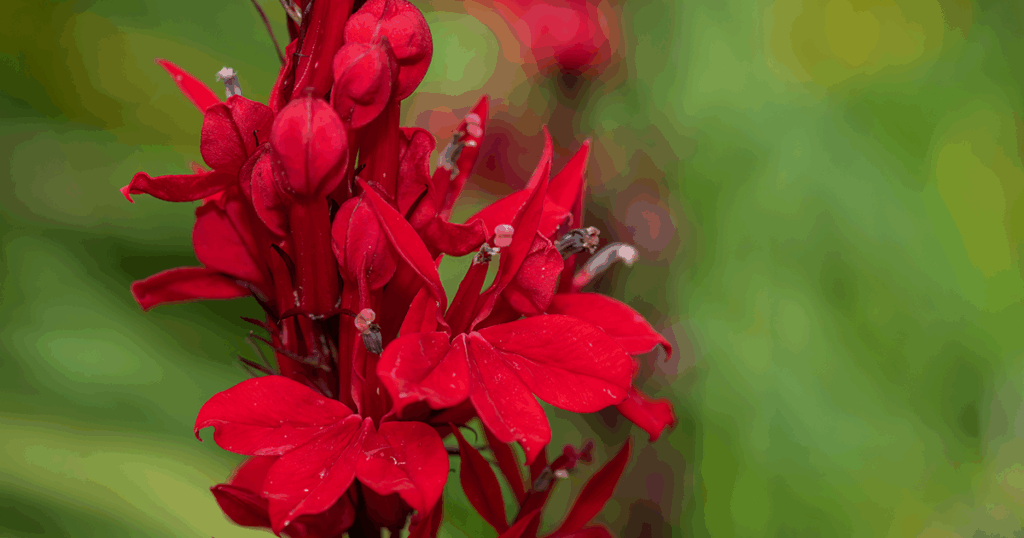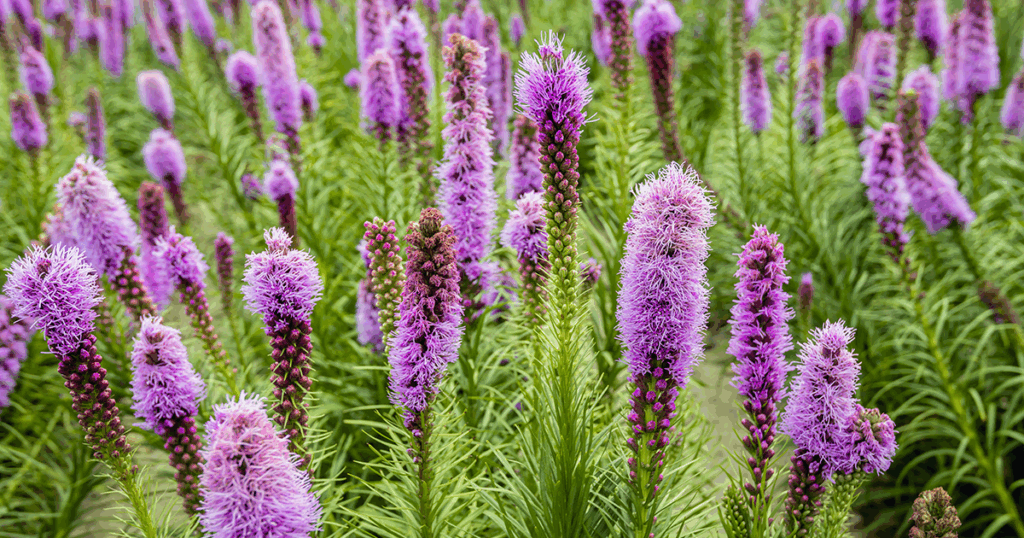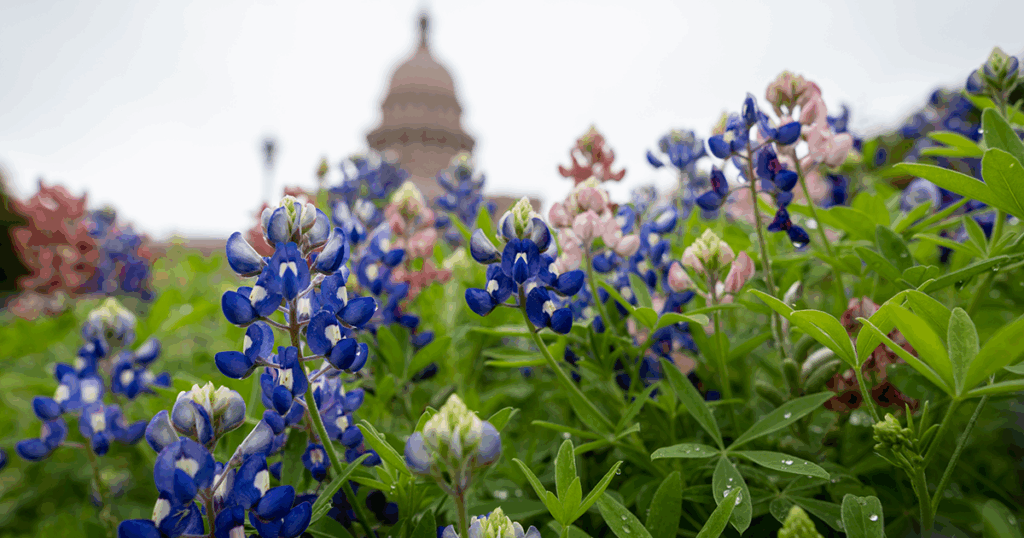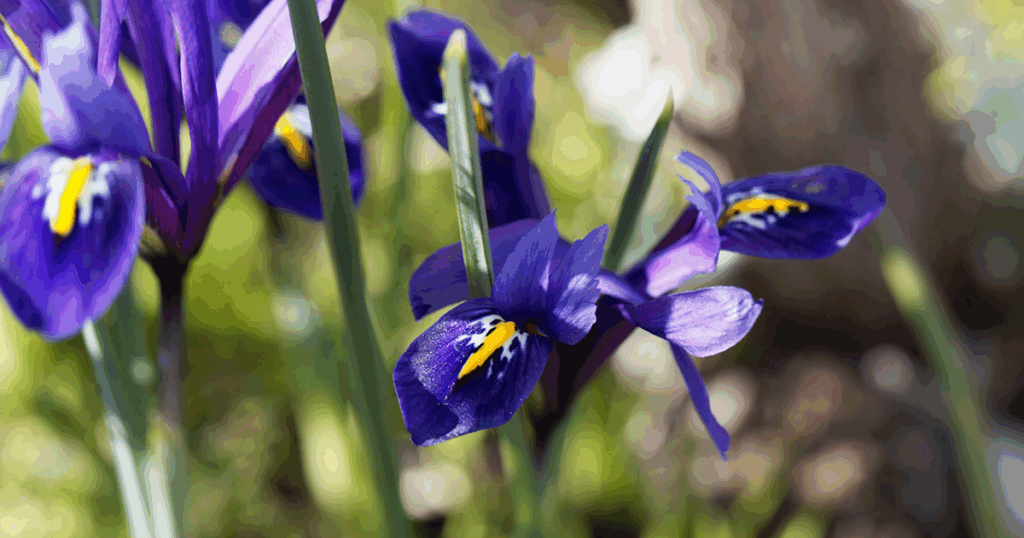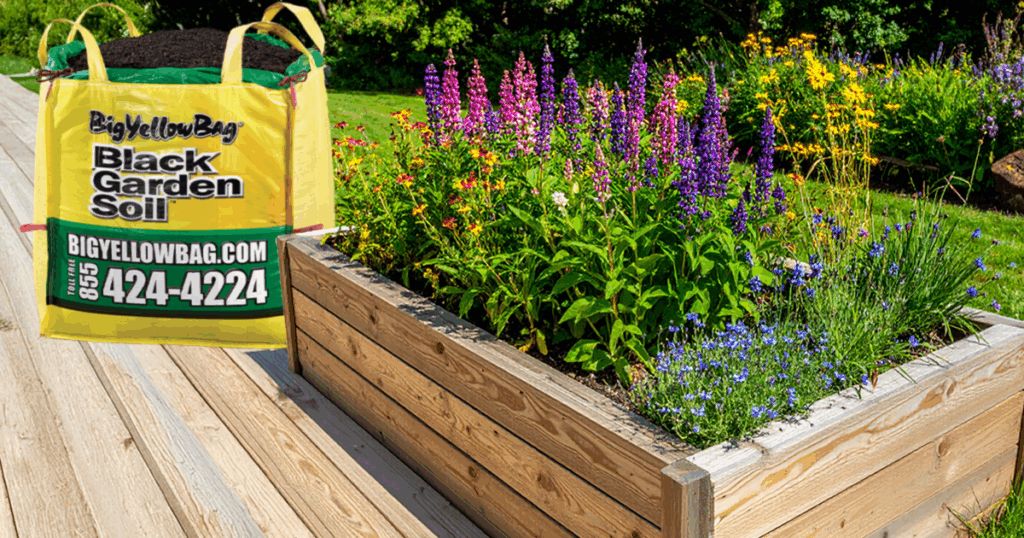Full Garden Makeover with Native Flowers and BigYellowBag
Picture this: it’s a warm early-Summer morning at home. You grab your freshly brewed coffee (or tea) and walk into your garden. The sun is shining, birds are chirping, and the native flower garden you planted is in full bloom. Vibrant purple coneflowers, black-eyed susans, and tiger lilies paint a colourful picture across your backyard canvas. You sit back in your favorite lawn chair, relax, and enjoy the stunning artwork that your gardens provide. It’s hard to beat a quiet, calm morning in the garden, especially when you have a collection of native flowers to admire.
Create Natural Beauty with Native Flowers
When researching plant varieties to use in your gardens, you’ll read a lot about the importance of choosing native plants. As much as it might be nice to simply pick out flowers that you like the look of, it’s so important to select native plants to add to your landscape. Native flowers attract local pollinators. These pollinators are accustomed to seeking out native flowers.
Planting native flowers can also make a big difference to your overall garden performance. Since these flowers are originally from your climate zone, they’re going to grow the best in your region. They’ll typically require the least amount of upkeep as well since they’ll naturally thrive in your area. Many novice gardeners are shocked at the unique beauty and vibrance of native flowers. It’s a misconception that you have to plant exotic flowers to have a bright colorful garden… You can grow an incredible garden entirely using native flowers.
BigYellowBag Black Garden Soil is the ideal growing medium for your native plants. We’re local farmers and you could say we’re pretty much experts at growing things in our climate. Our Black Garden Soil is engineered to grow everything better, and we use locally sourced soil components to create the ideal blend for growing your plants. Ensure your native plants have their best shot at success, and order your BigYellowBag Black Garden Soil today!
Why Choose Native Flowers for Your Garden?
Now more than ever, it’s so important to be environmentally aware. Humans are having a lasting impact on the natural world, and we should all do our part to help make our communities cleaner and healthier. Luckily you don’t need to do anything drastic. Every little bit helps! Pick up trash when you see it, implement reusable containers for household tasks, and plant native flowers in your gardens. As we mentioned, native flowers support local pollinators like butterflies, bees and hummingbirds. Pollinators are a critical part of every ecosystem. So many plants rely on pollinators to propagate. From apples and pears, to cucumbers and squashes; pollinators are essential to grow a lot of the plants we eat every day.
We also briefly explained that native flowers are adapted to local conditions, making them ideal for growing when you have limited resources. When compared to their exotic counterparts, native flowers require less water, fertilizer, and overall maintenance. Thinking about it, native flowers evolved in your region, making them uniquely fit for surviving in your climate. No need to struggle with keeping your plants alive when you select the right native flower varieties.
Gardeners across North America also choose native flowers to reinforce regional identity and preserve natural heritage. You may be surprised to learn about your state or province’s official flowers, and why they were selected. We looked into a few examples from across the continent and listed them below. Let us know in the comments about the official flowers from your region!
Official Flowers From Across North America
Ontario – Trillium
Trilliums were selected as Ontario’s official flower in 1937 when citizens of Ontario wanted to choose a national floral emblem to be planted on the graves of Canadian servicemen overseas. As much as a national flower wasn’t chosen, trilliums were then chosen as Ontario’s official flower. Fun fact: Trilliums rely on ants for pollination. Ants are attracted to the seeds, drag them back to their nests, where they eat the outside of the seed and leave the rest to sprout.
Alberta – Wild Rose
Wild roses became Alberta’s official flower in 1930. School children voted and the wild rose won the election. It’s a beautiful little flower and smells fantastic! Fun Fact: Wild roses grow small scarlet berries that are a crucial food source for local birds in the winter.
South Carolina – Yellow Jessamine
Yellow jessamine was selected as the South Carolina state flower in 1934 because it’s widespread throughout the state, has a sweet smell to it, and it symbolizes purity and resilience. Fun Fact: The South Carolina quarter features yellow jessamine, along with the palmetto tree and the Carolina wren.
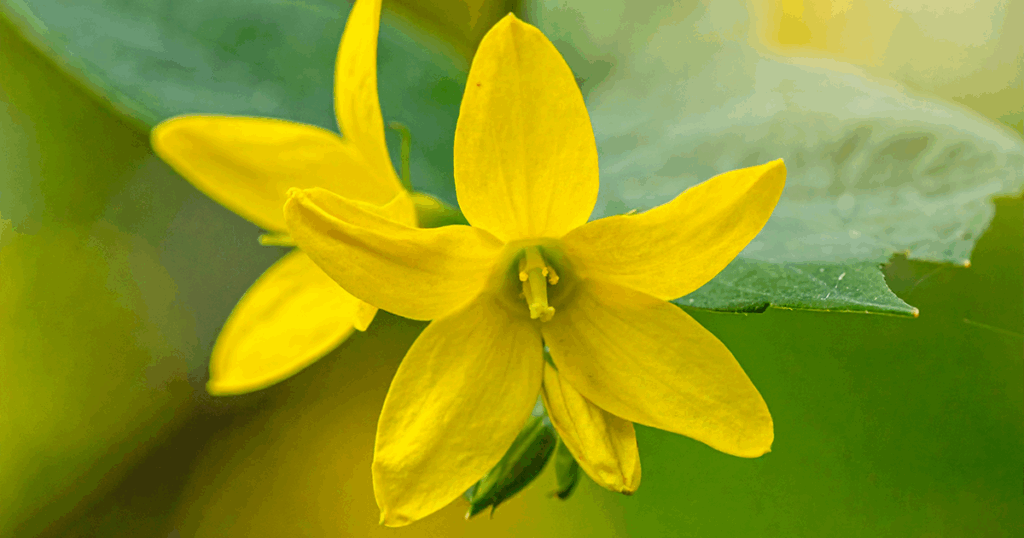
Utah – Sego Lily
Sego lilies became the Utah state flower in 1911 because it has been used as a survival food several times in the history of the mormon pioneers that settled in Utah. The bulbs of these plants could be cooked and eaten, and they helped save many settlers from starvation. Fun Fact: Settlers who had eaten the bulbs thought that it set them apart from newer Utah residents, and saw it as a badge of honour to be a “bulbeater”.
The BigYellowBag Advantage for Native Flowers
Give your native flowers the absolute best shot at success with BigYellowBag Black Garden Soil. The incredibly high organic matter content in our Black Garden Soil unlocks the bioavailability of the nutrients in your soil. Plants don’t have the luxury of taking vitamin supplements in the morning like we do. Plants can’t absorb the essential nutrients found in soil until microorganisms process them. It takes a high-percentage of organic matter to process soil nutrients so that your plants can absorb them to grow big and strong. Our nutrient-rich formula is engineered to grow everything better, and it has been proven to accurately simulate the natural environments that native plants thrive in, like forest floors. The balanced pH of our Black Garden Soil also boosts its ability to grow many native flower varieties.
Top 10 North American Native Flowers
We’ve compiled a list of the top 10 most popular native flowers for North American spring gardens. Depending on where you live, these flowers may not all be native to your specific region, but hopefully these will give you some inspiration to start your own native flower garden and incorporate some of these species when you can.
1. Purple Coneflower
These flowers are ubiquitous across eastern North America. Unlike most plant varieties, many people know them by their latin name “echinacea”. They are vibrant purple/pink flowers that bloom throughout summer into autumn. They’re a perennial plant, and if you’re starting them from seed, be prepared to wait a couple years before you see them in full bloom. Purple coneflowers are adaptable and can thrive in sun or shade, in dry or moist soil, and can tolerate drought once established.
Perennial Plant Tip: “First year sleep, second year creep, third year leap!”
2. Black-Eyed Susan
Truly a staple of most North American gardens, Black Eyed Susans are an easy to grow beautiful native flower that can thrive in many conditions. The flowers have a similar shape to daisies, but they always have bright yellow or golden petals, compared to daisies that can come in a variety of different colors. Black-Eyed Susans bloom in late summer and autumn and they’re very adaptable too. Be careful with Black-Eyed Susans though if you’re a cat owner! This species is toxic to cats when ingested.
3. Wild Columbine
From the buttercup family, wild columbine looks like something out of the Avatar movies. It has yellow petals with a red spur and red “sepals”. These flowers bloom in late spring, typically showing up in May & June. Hummingbirds and butterflies both love these flowers because of their readily available nectar. This is another flower that’s fairly easy to cultivate in a wide variety of conditions, and they’ll bloom the second year after planting.
sepal
(noun) each of the parts of the calyx of a flower, enclosing the petals and typically green and leaflike.
4. Butterfly Weed
Butterfly weed is a species of milkweed that’s native to eastern and southwestern North America. Butterflies absolutely love this variety of flower, particularly monarch butterflies. Contrary to its name, the main pollinators of butterfly weed are actually bees and wasps. You can plant butterfly weed seeds after a frost, and similar to the other perennial flowers we’ve mentioned, you can expect flowers in the third year after planting.
5. Wild Bergamot
Also known as bee balm, wild bergamot is a member of the mint family and it’s native to many regions in North America. It blooms in the summer with pink/purple flowers and smells fantastic. It’s another very adaptable plant species that can thrive in a variety of conditions. It often grows in clumps and does well in full sun areas. Many people, especially indigenous communities, use this plant for its medicinal properties. Its believed that wild bergamot can treat colds and flus when made into a tea.
6. New England Aster
Typically these flowers have a deep purple hue to them and they can have up to 100 ray florets that surround the flower centers. It usually grows in clumps and thrives throughout much of central and eastern North America. The blooms can be seen from August to November. Many birds rely on the seeds of this native flower as a winter food source. They’re another perennial native flower that you can add to your native flower garden no matter where you are in North America.
7. Cardinal Flower
These incredibly vibrant flowers are known to be strong attractants for hummingbirds and other pollinators due to their striking red colour. Cardinal flowers bloom throughout the summer and into the fall, and they thrive in shaded areas particularly near water. Their roots like to be consistently hydrated making them ideal features for planting near ponds, fountains or other garden water features. You’ll find success starting these flowers from seed, however it may be easier to plant some divided young-plants from a friend or neighbour.
8. Blazing Star
Another exotic looking perennial, blazing star is a wide spread flower known for its stunning blooms. Many gardeners use them as ornamental plants and they’re a common feature in bouquets. There are a wide variety of blazing stars from all across North America, and we recommend looking for a variety that’s native to your particular region. When researching this plant you may see it being discussed using its latin name liatris.
9. Bluebonnets/Lupines
The bluebonnet originally became the state flower of Texas back in 1901, but only a particular species of bluebonnet was recognized as the state flower until 1971. The Texas legislature recognized that many Texans preferred a different species of bluebonnet than the official state flower, so they opened it up to all bluebonnets. This is another perennial flower that blooms in the spring and can be planted in many regions across North America successfully. Bluebonnets are also known for their nitrogen-fixing benefits. They’re very effective at converting atmospheric nitrogen into a usable form for plants. Your soil will be naturally nitrogen-enriched if you plant bluebonnets!
10. Wild Iris
Rounding out our top 10 native flowers list we have wild irises. You’ll typically see their elegant blooms in late spring around marshes, ponds and streams. They grow best in full sun but can tolerate some shade. Another highly adaptable native flower that will thrive in most gardens, especially if you’re using BigYellowBag Black Garden Soil. There are a wide variety of different wild irises native to different regions of North America. Be sure to do some local research and find some irises that are native to your area to plant in your native flower garden.
Creating Your Garden of Native Flowers with BigYellowBag
Hopefully you’re convinced of the importance of growing a native flower garden, and you’re ready to get started on one of your own. First off, choose a suitable area of your yard to start your native flower garden. It’s valuable to know the varieties of flowers you’re hoping to grow before choosing a location. Do your best to coordinate the proper amount of daily sunlight to support your native flowers. You can give your native flowers the best shot at success by providing them with the proper amount of sunlight. Think about proximity to a water source when choosing a location as well. You don’t want to be carrying water further than you have to.
There are many different ways you can setup your native flower garden. We recommend building a raised garden bed to make it easier to maintain, and to ensure that your native flowers will have a safe place to grow over the next few years. It’s easy to mistake some young native flowers for weeds. Having a designated raised garden bed will ensure you won’t mistake them. Raised garden beds also have other benefits like ensuring soil purity and proper moisture regulation. Be aware of the specific requirements of your chosen native flowers before deciding on what kind of garden you want to build. Some of the moisture loving native flowers may prefer growing directly in the ground, especially if it’s in a wet area of your yard.
Calculate How Much Black Garden Soil You Need
Figure out how much soil you’re going to need to fill your raised garden bed. Keep in mind that each BigYellowBag holds slightly over one cubic yard of Black Garden Soil. Calculate the volume of your raised garden bed by multiplying the length by the width by the height. If you’ve measured the dimensions in inches, your calculated volume will be in cubic inches. If you’re building multiple raised garden beds, be sure to add up all the volumes to determine how many BigYellowBags you’ll need. One cubic yard is approximately 46656 cubic inches, so you can use that to approximate how many BigYellowBags you’ll need to fill your gardens by dividing your calculated garden volume by 46656.
Build Your Dream Garden with Native Flowers
Grow your own native flower garden this year. You’ll be doing your part to help keep native species growing strong while beautifying your backyard with an easy to maintain raised garden bed! Here at BigYellowBag, we’re looking forward to hearing from you when you order your Black Garden Soil to kick-start your native flower garden. It’s guaranteed to grow everything better, especially your native flowers. When your start your own raised garden bed of native flowers, be sure to take some pictures and share them with us on Facebook or Instagram! We love to see happy customers enjoying their time in the gardens with BigYellowBag.

